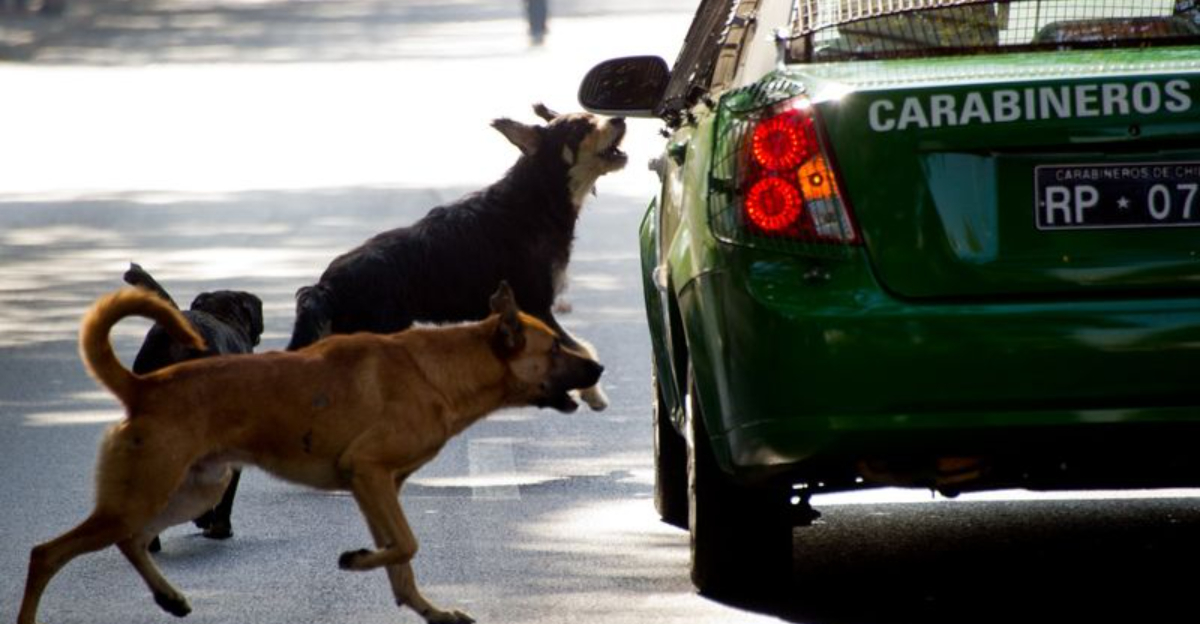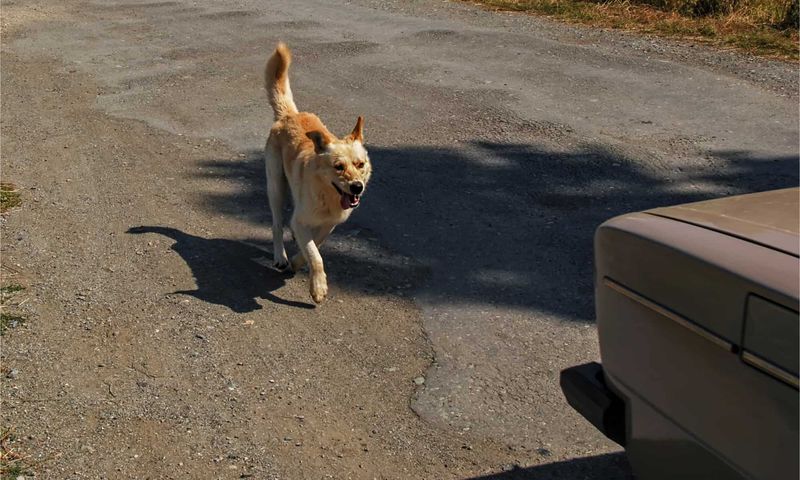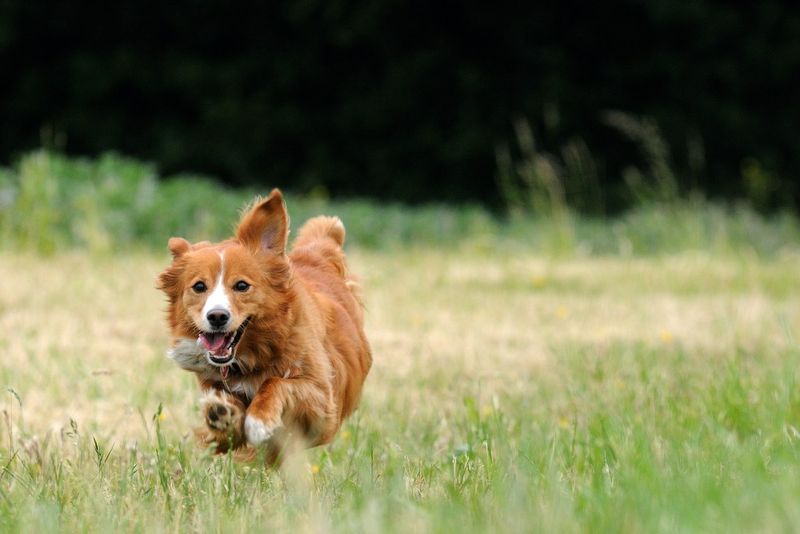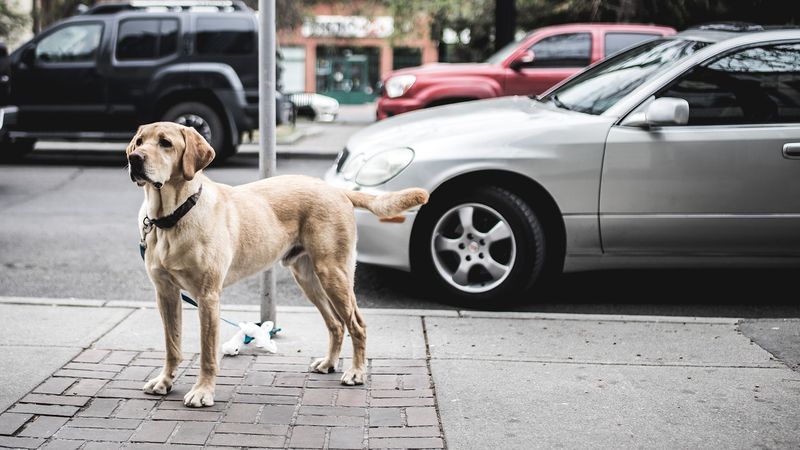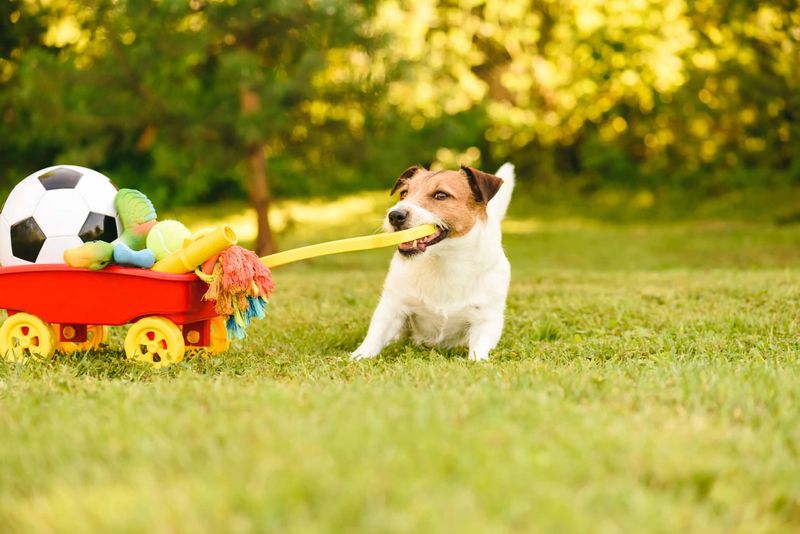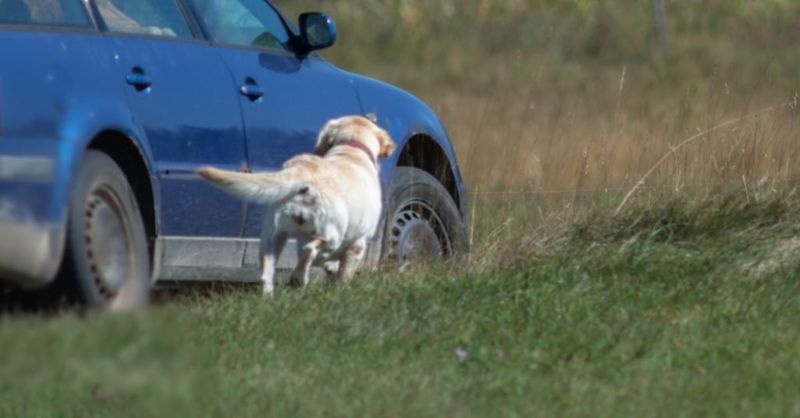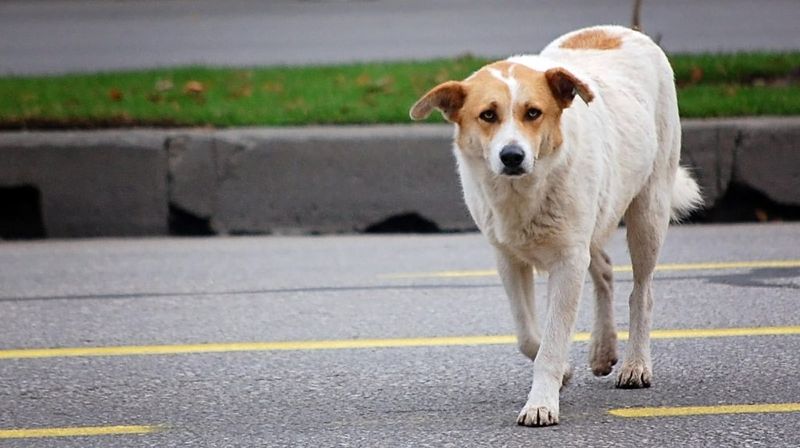Ever wondered why your dog can’t resist the urge to chase cars? It’s not just a random behavior. Dogs have deep-rooted instincts and natural drives that compel them to chase moving objects. From their wild ancestry to their playful nature, there are numerous surprising reasons behind this common canine behavior. Understanding these instincts can provide insights into your dog’s mind and help manage or redirect this habit. So, let’s explore the fascinating world of dog instincts and uncover the reasons that might be urging your furry friend to take off after that passing car.
Prey Drive
For dogs, the instinct to chase is often linked to their prey drive, an inherited trait from their wolf ancestors. This drive compels them to pursue moving objects, like cars.
It’s a natural behavior rooted in their survival instincts, triggered by movement that resembles fleeing prey. Many dogs find chasing exhilarating, tapping into their primal hunter instincts.
While modern dogs don’t need to hunt for food, this instinct persists. Dog owners can redirect this energy through play or training, helping them channel their drive into more appropriate activities.
Territorial Instinct
Dogs are naturally territorial animals, often acting as guardians of their home environment. Car chasing can be a manifestation of this protective instinct.
When a car enters their perceived territory, dogs may feel the urge to chase it away. This behavior is especially common in breeds known for their guarding tendencies.
Understanding this instinct can help owners manage it. Providing structured environments and clear boundaries can ease their territorial urges, allowing them to feel secure without resorting to chasing behaviors.
Herding Instinct
Certain breeds have a strong herding instinct, which may translate into chasing cars. For them, movement triggers a desire to control and direct.
Dogs like Border Collies or Australian Shepherds often display this instinct, trying to “herd” cars as if they were livestock. It’s not just about movement; it’s about ordering chaos.
Engaging these dogs in activities like agility training or herding trials can satisfy their herding instincts, guiding them to channel their energy in constructive ways, away from car chasing.
Playfulness
For many dogs, chasing cars is simply a game. Their playful nature turns the motion of a car into an exciting pursuit.
This instinct is easily seen in younger dogs or breeds known for their lively personalities. To them, a moving car represents a fun challenge, a way to burn off energy.
Owners can offer plenty of playtime to fulfill this playful instinct, using games like fetch or frisbee to divert their attention from chasing cars to more appropriate activities.
Curiosity
Dogs are naturally curious creatures, often driven to investigate new and unfamiliar things. Cars, with their sounds and movement, pique this curiosity.
For some dogs, the desire to chase stems from an urge to explore and understand what a car is and where it’s going. This curious pursuit can become a habit if not managed.
Providing mental stimulation through training or interactive toys can satisfy a dog’s curiosity, reducing the inclination to chase cars.
Lack of Exercise
Insufficient physical activity can lead dogs to chase cars as an outlet for their pent-up energy. Dogs require regular exercise to stay balanced and content.
Without enough physical exertion, they may find car chasing a way to release excess energy. This behavior is common in high-energy breeds that thrive on activity.
Daily walks, play sessions, and interactive games can help manage a dog’s energy levels, reducing the temptation to chase cars in search of excitement.
Boredom
Boredom can be a significant factor in a dog’s car-chasing habit. Without sufficient mental or physical stimulation, dogs may seek excitement through chasing.
This behavior often emerges in dogs left alone for long periods or those lacking engaging activities. It becomes a self-rewarding habit, offering a temporary thrill.
To combat boredom, owners can provide toys, puzzles, or training exercises to engage their pets, curtailing the desire to chase cars in search of stimulation.
Social Facilitation
Social facilitation is a phenomenon where one dog’s behavior influences another. In multi-dog households, one dog chasing a car can trigger others to join in.
This pack-driven instinct becomes a group activity, enhancing the thrill of the chase. It’s not just about the car; it’s about shared excitement.
Owners can manage this by training each dog individually, ensuring they respond to commands even in the presence of others, thus reducing group chasing tendencies.
Instinctive Reactivity
Some dogs have a reflexive response to fast-moving objects, an instinctive reactivity that prompts them to chase. This quick reaction is often seen in breeds with high prey drives.
These dogs react without thinking, driven by instinct to pursue anything that moves swiftly. It’s an automatic response rather than a choice.
Training focused on impulse control can help manage this reactivity, teaching dogs to pause and consider before acting on their instinct to chase.
Perceived Threat
Dogs may perceive cars as threats, especially when they approach their territory quickly. This perceived threat can trigger a defensive chase.
The behavior is common in protective breeds who feel the need to safeguard their environment. They chase to deter the “intruder,” ensuring the safety of their home.
Understanding this instinct allows owners to provide reassurance and structured boundaries, helping dogs feel secure without needing to chase away perceived threats.
